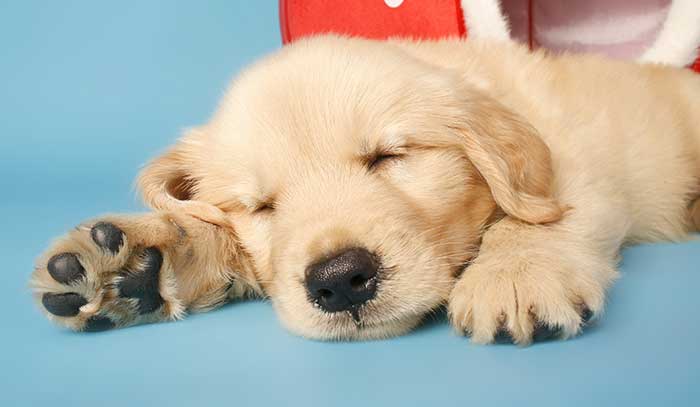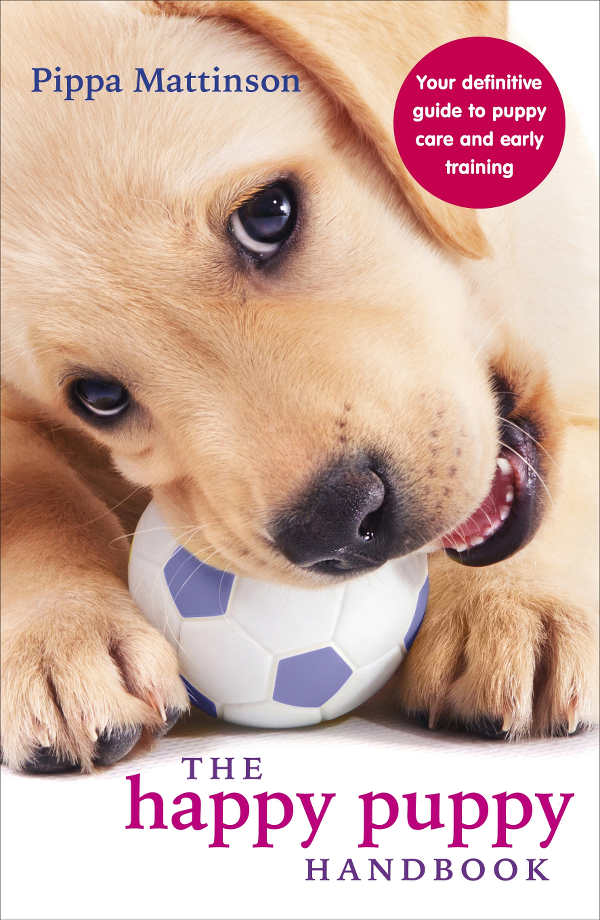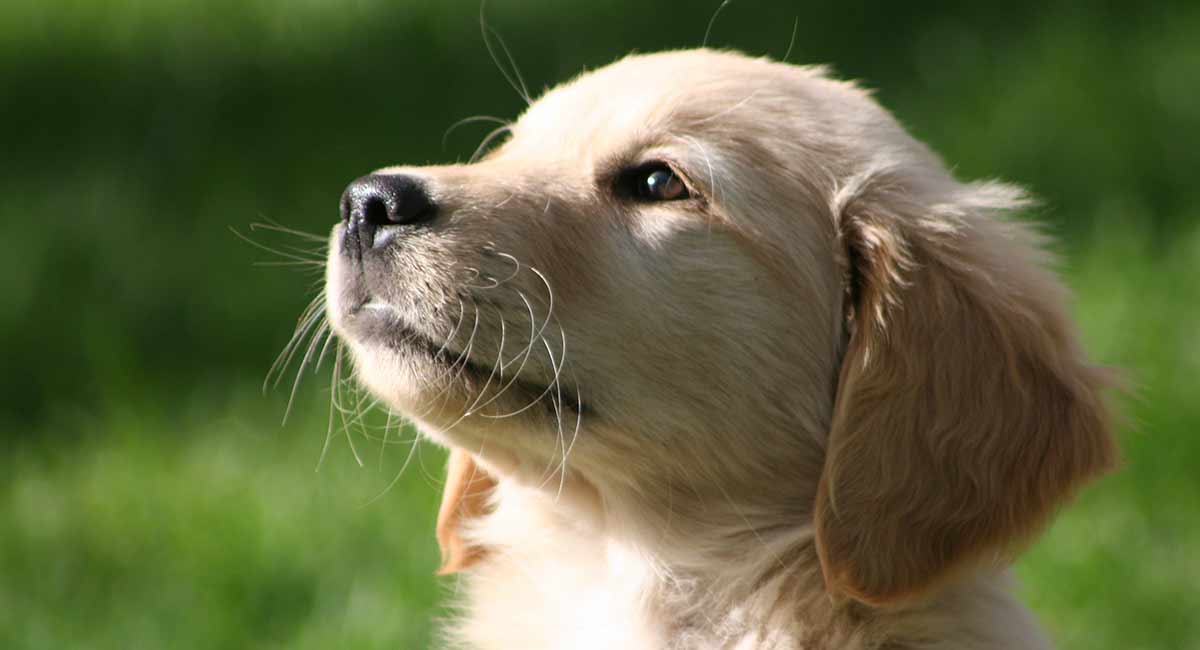2 Month Puppy Schedule Timeline Feeding Bathroom
A puppy potty training schedule is a helpful guide.
We'll give you some examples for 8 week old and three month old puppies.
And some tips to complete your potty training and achieve your goal of a house trained dog both at home and in public
What's in this guide: Contents
- 8 week old puppy potty training schedule
- 3 month old puppy potty training schedule
- Pros and cons of puppy potty training schedule
- When is potty training over?
- Taking your puppy out
- Teaching a puppy to ask to go out
- Potty training bells
- Teaching a puppy to pee on cue
- Getting help with potty training problems
It's important to remember that all puppies are individual and some will achieve good bladder control before others.
But knowing that you are on the right track is always comforting!
Schedules can be useful to remind you when to take your puppy outside and to celebrate when your puppy reaches certain milestones
All puppies are more likely to want to pee at certain times of the day.
And knowing these times helps us to reduce the number of accidents. Here are a couple of example schedules
8 week old Puppy potty training schedule
The following is just a guide – your puppy's mealtimes may vary from these
- 2am:this is the night time shift, some pups only need this for the first few days, others for a week or two
- 6am:no lie-ins for new puppy parents, the first wee of the day is an urgent one!
- 7am:or after breakfast
- 9am:or mid-morning
- 11am:after the second meal of the day
- 1pm:don't forget to take the puppy out whenever he wakes from a nap too
- 3pm:after the third meal of the day
- 5pm:puppies often get excited in the early evening – another important time to go pee!
- 7pm:after supper the final meal of the day
- 9pm:you can skip this one if your puppy is sleeping
- 11pm:last trip outside before bed

3-4 month old puppy potty training schedule
Some puppies won't be able to last three hours without a pee at three months, others will. This schedule is only for those that are ready.
- 6am:the first wee of the day is still an urgent one!
- 9am:mid-morning
- 12noon:after the second meal of the day
- 3pm:mid afternoon
- 6pm:after supper the final meal of the day
- 9pm:older puppies may be more wakeful in the evenings now
- 11pm:last trip outside before bed
Remember that your puppy may differ from the examples above and you'll need to adapt them to create your own unique puppy potty training schedule.
Puppy potty training schedule pros and cons
The problem with schedules is that they are no use if a puppy cannot wait until the designated time to pee.
Never be a slave to a schedule, always err on the side of caution
The benefits of a puppy potty training schedule is that it give new puppy parents an idea of the maximum amount of time that many new puppies can wait before relieving themselves.
As you can see, small puppies really do need to toilet very often and cannot be left for long periods of time without access to a toileting area
When is potty training over?
You can expect most puppies to gradually increase their bladder capacity until they can last up to six hours or so by 6-8 months old.
But the worst of it is over before then
If your puppy is over four month's old, you should be well on your way to being the proud owner of a clean, house trained, pet.
Remember, only use any puppy potty training schedule as a very rough guide
Let's finish by giving you some tips for teaching your puppy how to ask to go out when he needs to use the bathroom.
Taking your puppy to other people's homes
When we take a puppy into a brand new situation, such as visiting a friend, he is much more likely to forget his manners and leave and embarrassing puddle on the carpet.
This is especially likely if there are other dogs and children to play with or carpets and rugs all over the floors when he is used to a washable surface.
There are a number of things you can do to ensure an accident free outing. The first is to establish a toilet area as soon as you arrive.
Ask your friend where she would like your puppy to pee in her garden, and explain that you need to take him there as soon as you arrive.
If he doesn't oblige, supervise him very closely and try again a short while later, just as you did at home when you first started potty training.
If your puppy is very small and you are potty training with puppy pads, you can take one of these with you and put it down near the back door in case he starts to go and you don't have time to make it to the yard.
Encourage your friend to let you chat with them in their kitchen, rather than the living room if there are carpets in there.
That way, you puppy will be less likely to have an accident. Keep your first few visits short, and keep making regular trips to the garden or yard.
The aim is to ensure that the first few outings are accident free, so that your puppy builds up a history or pattern of never peeing inside people's homes.
Potty training a puppy in public places
Once you are having regular success in this respect you can start to make short trips to public buildings where puppies are welcomed.
Again, supervise carefully and keep visits short until you are confident that your pup understands that all pooping and peeing needs to take place outside in the fresh air.
Once your puppy has truly grasped that toileting is something dogs do outside, you can if you wish teach him to ask you when he wants to go out.
Teaching your puppy to ask to go out
The first thing to say is that some puppies do this quite naturally. They go to the door and stand with their little nose pressed against it, or give a little whimper, or scratch at the door with a paw.
Some puppies will go to their owner, rather than the door, and give a little whine or a bark. If you want your puppy to do this, then all you need do is reward him promptly each time he does it by letting him through the door and accompanying him to his toilet area.
To begin with, don't let him out and then close the door with him on the other side and you on the inside.
If he doesn't like to be out side on his own doing that will stop him asking to go out quite quickly.
Make sure that 'asking' is always rewarded with an experience he enjoys.
If your puppy doesn't ask to go out you can teach him to ring a bell or a buzzer.
You can buy dog bells for potty training quite cheaply. They look a bit like a dog lead with two sets of bells along the length to suit dogs of different sizes.
You simply hang them over a door knob or handle, and they jingle when the dog touches them.
How to teach your dog to use a bell
Have the bell in one hand and some tiny treats in the other. Start and finish each repetition of the exercise with the bell hand behind your back.
Present the bell at intervals to your puppy, replacing it behind your back once he has touched it. The object is to get him to touch the bell of his own free will.
I just want you to show it to your puppy, don't push it onto his nose. Hold it quite close to his nose so that he can see it clearly.
Most pups will reach out to sniff the bell. The instant he touches it, your job is to mark that touch with clear 'YES' and follow your mark up with a tiny treat.
If he seems reluctant to touch the bells, rub a tiny bit of food on it the first couple of times, to encourage him.
Let's sum that sequence up
- Present the bell to the puppy and say YES if he touches it with his nose.
Immediately give him a tiny edible reward (a piece of his kibble is fine) and remove the bell
- If he doesn't touch it within a couple of seconds do not respond in any way, simply take it out of his sight (you can hold it behind your back).
This sequence is one repetition
Do at least ten repetitions in a row. Presenting, then removing, the bell and rewarding the dog only if he touches it.
Repeat at intervals throughout the day. When he gets it right nine times out of ten, you can move the goalposts and make things harder.
To start with you'll simply hold the bells further away, so that he has to make more effort to get to them.
Get him to stretch out his neck, then take a step towards the bell. Make sure he'll turn to touch the bells when you present them to either side. Then you are ready to hang the bells on the door handle
If he doesn't touch them in this situation, you can hold the loose end in your hand and present it to him, just to get him started.
Now you need to teach your dog that ringing the bell gets him outside.
Hang the bells on the door and when your dog touches them say YES but as well as giving him his tiny treat, open the door and give him several more treats outside.
For the next few days, whenever you hang the bells on the door, make sure that you open the door and let your dog out if he touches them.
And for the next few days, make sure that he rings the bells before you let him outside, every time you let him outside. If he doesn't ring the bell when it is hanging on the door, present it in your hand.
He'll soon figure out that ringing the bell makes the door open. Remember to take the bells off the door when you leave him alone in the house.
You don't want him ringing them when there is no-one there to let him out.
A word of caution: I have already mentioned this, but it bears repeating – teaching dogs to ask to go out can have a downside.
His 'asking' may not always be because he needs a pee. And if you don't hear the 'asking' he could be in trouble. So think carefully about whether this is a road you want to travel.
How to teach your puppy to pee on command
Standing around in the pouring rain, waiting for a puppy to pee, is no fun. Especially if he would rather investigate an interesting scent trail across your lawn, than get on with the business in hand.
Fortunately it isn't too difficult to teach a dog to empty himself promptly when you give him a cue or command.
The first step is to choose your cue – don't use 'go pee-pee' if you would be embarrassed to say this in public, because sooner or later, you'll need to.
I use 'hurry up' in a slightly 'sing-song' voice. Some people say 'get busy'.
It's up to you what you say, but once you have chosen your cue, it's best to stick to it, and to use the same tone of voice when you say it, so that your dog always knows exactly what you intend.
Once your puppy is regularly using his outdoor toilet area to pee and poop, next time you take him there, when he starts to pee, say your cue word "hurry up" or whatever word you have chosen, quietly and calmly.
The reason for being quiet is that if you are too enthusiastic your puppy may well stop mid-stream and start running about to see what all the fuss is for.
You can be more emphatic later.
The first objective here is to get him to associate your chosen cue with the act of peeing, not to tell him what to do – he doesn't know what your cue means yet.
As he finishes, make a fuss of him and give him a tiny treat. After a week or so of associating your cue you can begin to try and anticipate when your puppy is about to go, and cue him just before he does.
Wait until you see the signs that your puppy is about relieve himself, extra sniffing in one place, trotting in little circles, you will be getting to know the signs now.
As soon as you see these signs, use your cue. Say 'Hurry Up' and as soon as he has finished reward him.
Don't be in too much of a hurry to use your cue when your puppy might not actually want to go. It is still a very new cue, and you cannot make him pee if he doesn't need to, so take it slowly.

When you first use the cue without seeing any signs that your puppy needs to pee, try to be confident that his bladder is fairly full. This short term diligence will bring long term rewards.
If you use the cue when you are pretty certain he is about to pee or poop for the next few weeks and you will have a dog who will pee and poop on command for the next few years.
This can also help to avoid leaving your dog outside for long periods to go to the bathroom. And endeavor that occasionally ends with a dog eating their own poop out of boredom or curiosity!
Potty Training Perfection
Potty training is a process that we quickly forget once it is over, but it is a process that can make you feel very low when you are struggling.
Understanding just how frequently small puppies need to toilet is important though because repeatedly failing to allow a puppy to empty themselves in the appropriate place can lead to long term soiling problems
In fact, incomplete or inadequate housebreaking is the most common cause of soiling problems in dogs as a whole. So it's important to get this right.
The key to successfully and swiftly house-training your new puppy lies in avoiding mistakes where possible.
Puppies are creatures of habit, and if a place is an unfamiliar place to wee, then the dog will not want to wee there. If your dog has never pooped on your carpet by the time he is three months old, the chances are he never will.
Try to remember that there are no 'bad' or 'dirty' puppies, accidents always happen for a reason, and every puppy learns at his own pace.
Do go back and read through the troubleshooting section if you skipped over it. These mistakes really are very common and you are likely to make at least one of them if you are not prepared.
Don't beat yourself up for any mistakes you do make. You are only human and you're doing your best.
In most every case, the best thing to do is take a step back, to a point where you know your puppy can succeed, and then move forwards again more slowly.
There is no shame in taking your puppy out to his toilet area more frequently for a few days if he has had a few accidents, or in going back to supervising him more frequently.
How to get help with potty training problems
If you find yourself getting stuck or feeling down about the whole potty training process, do join my forum where we have lots of other puppy parents and many experienced dog owners who provide sympathy, help and support to you and others with new pups.
You don't have to do this alone, and we'd love to meet you
Remember that small pups have very small bladders and very little control over them.
When they need to go, they need to go now! This is why your best line of attack is to pre-empt them with plenty of trips outside.
Good luck with your puppy potty training schedule! And for more information on every aspect of training your dog check out: Dog Training, Obedience, Good Manners And Fun!
References and further reading
- Mattinson, P. The Happy Puppy Handbook. Ebury Press 2014
- Tomlinson, C. Toileting troubles part 1: factors influencing house soiling in cats and dogs. Companion Animal 2016
- Yeon S et al. A retrospective study of canine house soiling: diagnosis and treatment. Journal of the American Animal Hospital Association 1999
Source: https://thehappypuppysite.com/puppy-potty-training-schedule/

0 Response to "2 Month Puppy Schedule Timeline Feeding Bathroom"
Post a Comment